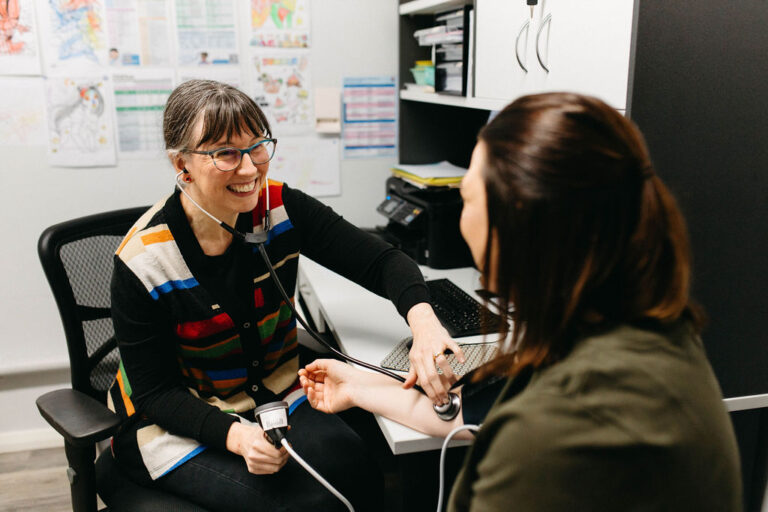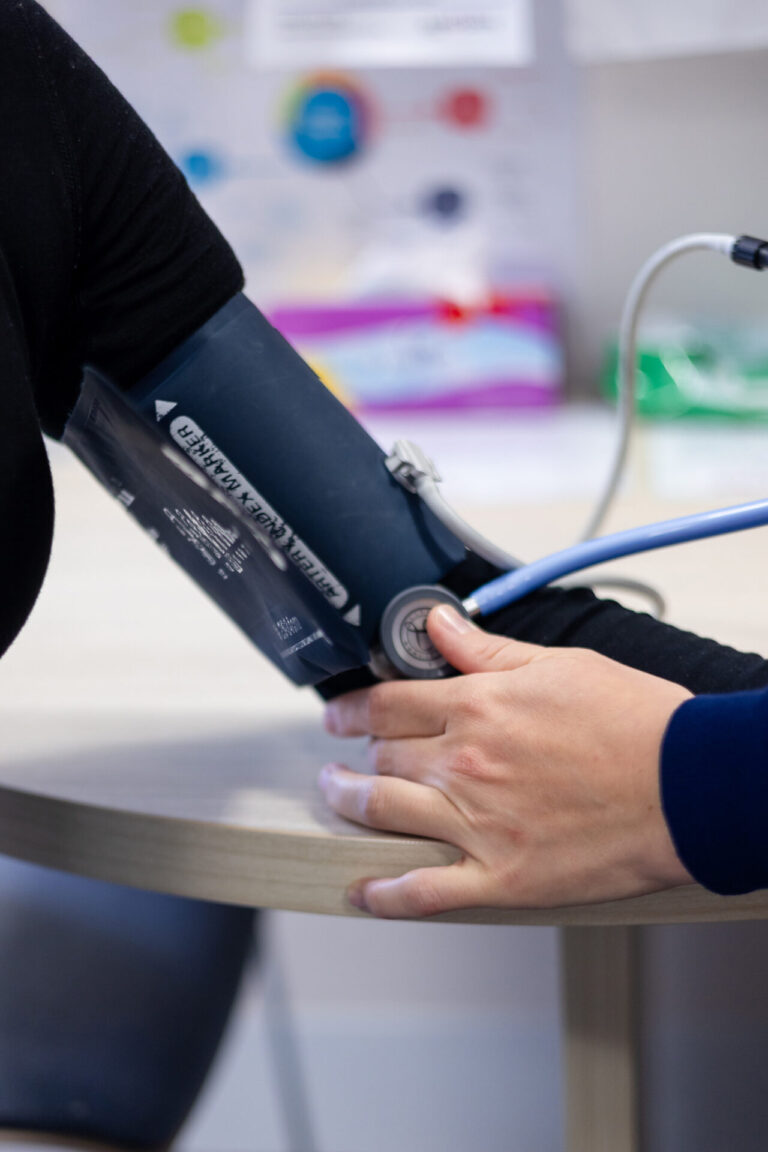Disaster Support - General Practice

Disaster planning for general practice and healthcare providers in Western & Far West NSW

In Western and Far West NSW, the impact of natural disasters such as floods, bushfires, and drought is all too familiar. As healthcare providers, your role in disaster response is crucial, not just for patients, but for your practice’s continuity. Effective disaster planning for GPs ensures that your practice can respond promptly and continue providing care even in the face of a crisis.
This webpage provides key resources and tools to assist you in preparing for, responding to, and recovering from disasters. Whether you’re updating your emergency response plan, connecting with local resources, or delivering care remotely, we’re here to support you.



Plan

Our region is prone to a range of disasters that can disrupt normal operations in general practices. The RACGP Standards for General Practice outline the importance of having an emergency response plan. Here are some tips to make sure your practice is ready:
- Develop and update your emergency response plan regularly.
- Exercise your plan with your team to ensure everyone knows their role during a disaster.
- Connect with other local healthcare providers to offer mutual support and share resources.
- Communicate with your patients about any service disruptions and how they can still access care.
Access resources for disaster planning for general practice here:

Respond

When disaster strikes, WNSW PHN is here to help you navigate the challenges. Our Practice Development Team is dedicated to understanding your practice’s needs and providing support. Here’s how we assist:
- We coordinate with local teams to deliver support, resources, and assistance.
- We offer Telehealth solutions through our Digital Health Team, allowing you to continue providing care remotely if your practice is impacted.
- Our HealthPathways provides useful resources for your practice and patients.
- We use communication channels to share information on service changes and recovery updates.
You can also consider whether your practice can support new patients who may be displaced due to a natural disaster, or whether your practice can extend opening hours during emergencies.

Health risks during a disaster
Practices should be aware of specific health risks that arise in communities during disasters.
Public health issues are also likely to develop during recovery from a natural disaster if community members and responders are not provided guidance on mitigating these risks.
More information about disasters and public health hazards is available on the NSW Health website.

Relevant alerts and warnings during a disaster
Recover

The road to recovery post-disaster can be long, both physically and emotionally. WNSW PHN is committed to supporting you and your community in rebuilding and healing. Here’s how we help:
- We can assist with trauma-informed care through grants and commissioned services.
- We represent general practice in regional recovery committees to ensure your voice is heard.
- We offer grant funding {link to Grants page /grants-program} packages to support your practice and community.
- We promote available services through our communications to help connect you with the necessary support.
We understand the toll disasters take on the mental health of your patients and staff. WNSW PHN can assist with mental health recovery services and ensure that support is available during the recovery phase.
Medical Benevolent Association of NSW
If you, a family member or a colleague are in need of support, contact the Medical Benevolent Association of NSW for a confidential chat with a Social Worker or Counsellor.
MBANSW provides confidential, non-judgemental support for doctors and their loved ones. Their assistance can include counselling support, referrals, advocacy and financial assistance.


FAQS

What is emergency preparedness?
Emergency preparedness means taking action to be ready for emergencies before they happen. The objective of emergency preparedness is to simplify decision making during emergencies.
How should I prepare for an emergency?
Develop an up-to-date emergency response plan. Be sure to include the following in your plan:
- Where to shelter
- A route for evacuation
- Getting emergency alerts and warnings
- Communication (how you will receive information/alerts, and how you will communicate to your patients)
Emergency preparedness is also an individual responsibility. We encourage that all your staff are familiarised with the plans and precautions currently in place at your practice, but also to become aware of the measures they need to take to protect themselves and others in an emergency situation.
How often should I review my emergency plan?
Emergency plans should be dynamic and routinely reviewed and updated to reflect an ever-changing environment. Ensure you are familiar with your emergency plan leading into the pre-seasons (i.e. review your Bushfire Emergency Plan in Spring).
What happens if we need to evacuate?
In the event of a fire, flood or other disaster it may be hard to think clearly. Staying informed can help you make better decisions if you need to evacuate.
If you’re concerned about your safety, don’t wait to be told to evacuate; prepare and leave early.
- The best way to know if you need to leave is to monitor the local ABC radio station, television broadcasts, emergency service updates and weather warnings. Remember, if mobile or power networks are down, a battery-operated radio and radio broadcasts may be your primary source of information.
- If there’s time before you leave, turn off the power, gas, water, and lock the doors and windows.
- Plan where you will evacuate to – whether that is with friends or family in a safe location, rented accommodation in a safe location, or an evacuation centre.
If an evacuation centre is open, the location will be communicated by the relevant emergency service. For an evacuation centre in a:
- Bushfire – Download the Hazards Near Me app, visit the Rural Fire Service (RFS) website or follow it on Facebook or X (formerly Twitter).
- Storm – Visit the State Emergency Service (SES) website or phone 132 500 or follow it on Facebook or X (formerly Twitter).
- Flood – Visit the State Emergency Service (SES) website or phone 132 500 or follow it on Facebook or X (formerly Twitter).
- Check evacuation routes are open via the Live Traffic website or app.
- Advise family, friends or neighbours of your decision to leave and where you plan to evacuate to.

